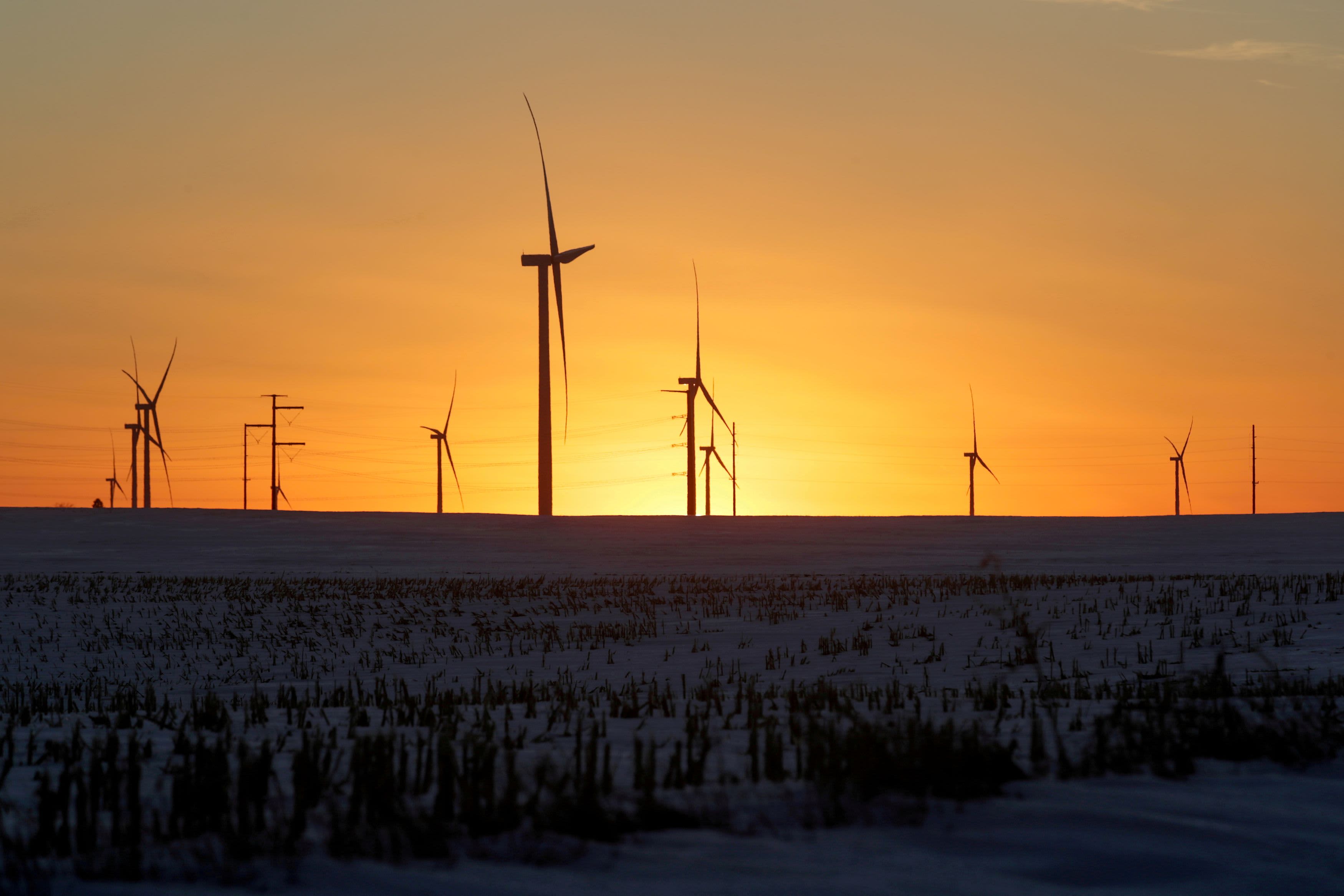As the world grapples with a worsening climate change crisis, governments and companies are pledging to achieve net-zero greenhouse emissions by 2050 — a goal that will require an extra $3.5 trillion a year in capital spending, according to estimates from a McKinsey & Company report released on Tuesday.
That amount is the equivalent to half of global corporate profits, one-quarter of total tax revenue, or 7% of household spending in 2020.
“The net-zero transition will amount to a massive economic transformation,” said Mekala Krishnan, a partner at the McKinsey Global Institute and the lead author of the report.
The report estimates the transition’s effects on demand, capital allocation, costs, and jobs across sectors in 69 countries that produce about 85% of global emissions.
Capital spending on physical assets for energy and land-use systems during the transition will amount to roughly $275 trillion, or $9.2 trillion each year on average, the report said. That’s $3.5 trillion more than the amount being spent on those assets annually today.
The report said an additional $1 trillion of today’s annual spending must be reallocated from high-emissions to low-emissions assets in order to achieve a net-zero transition. It also urged businesses, governments, and institutions to prepare for uncertainty during the transition and warned stakeholders to accelerate efforts to decarbonize and adapt to climate risk.
Keeping global temperatures from surpassing the 1.5 degrees Celsius target under the Paris Climate agreement would require the world to nearly halve emissions within the next decade and reach net-zero emissions by 2050, according to the Intergovernmental Panel on Climate Change.
But the world has already warmed roughly 1.1 degrees Celsius above pre-industrial levels and is on track to see global temperature rise of 2.4 degrees Celsius by the century’s end.
The cost of climate change will be severe if no action is taken. For instance, a report from insurance giant Swiss Re estimates that climate change could cut the global economy by $23 trillion by 2050, essentially shaving off about 11% to 14% from global economic output.
The McKinsey report noted that the net-zero transition will also have a significant impact on labor, resulting in a gain of about 200 million jobs and a loss of about 185 million jobs across the world by mid-century. Sectors with high-emissions products or operations, which generate about 20% of global GDP, will also see major impacts on demand, production costs and employment.
“The economic transition to achieve net-zero will be complex and challenging, but our findings serve as a clear call for more thoughtful, urgent, and decisive action, to secure a more orderly transition to net zero by 2050,” said Dickon Pinner, a senior partner at McKinsey and co-leader of McKinsey Sustainability.
“The question now,” Pinner said, “is whether the world can act boldly and broaden the response and investment needed in the upcoming decade.”
